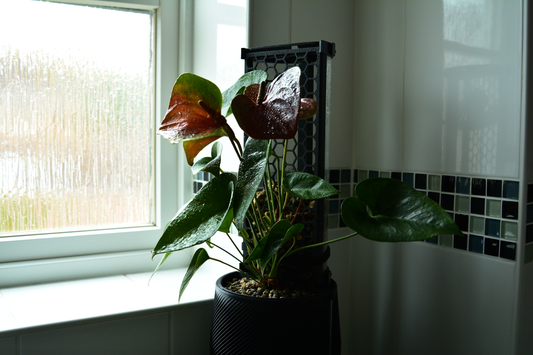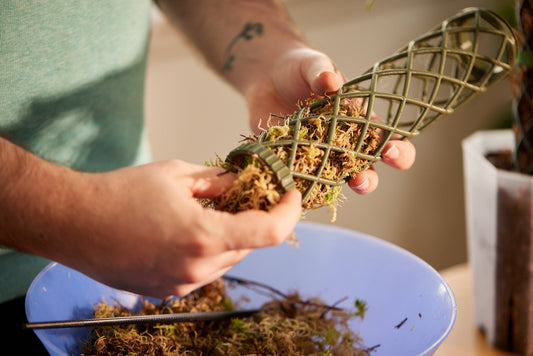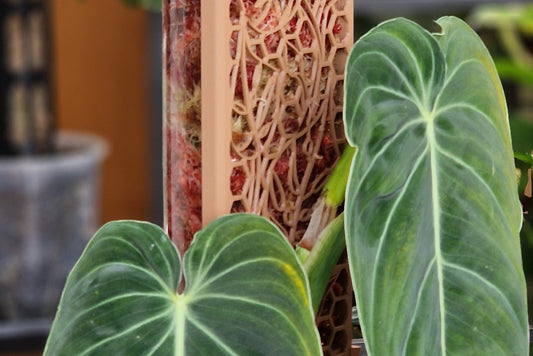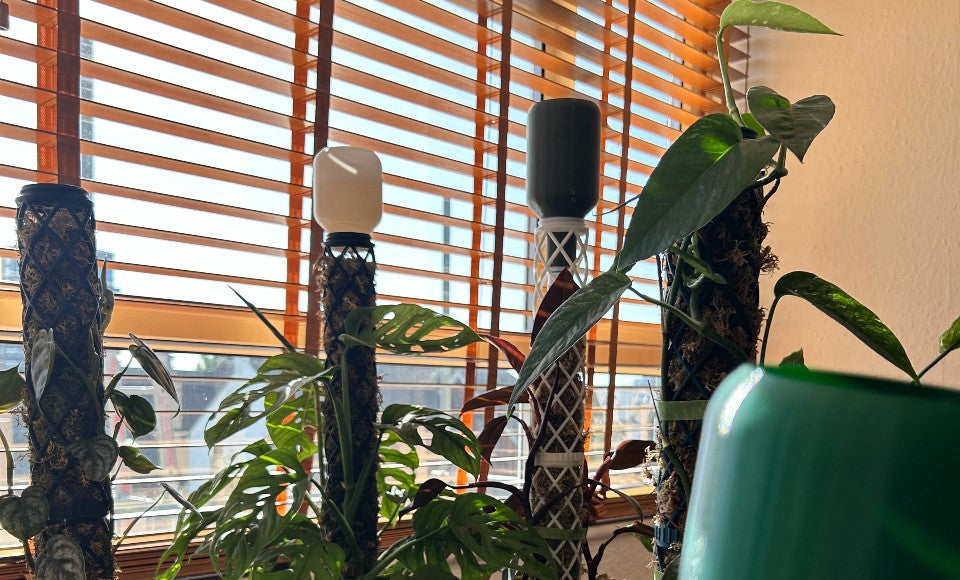
Moss pole misgivings: cons of using a moss pole?
Share
Some people can be sceptical about moss poles, and some plant parents will swear by a plank, cane, or a trellis instead. In terms of plant care and plant training, we feel like there is space for everyone! At home we like to use a mixture of plant accessories and moss pole and trellis designs to complement our plants. A lot of climbing and vining plants are also happy to trail (like our lovely Micans pictured below).

So we are here to bust some moss pole myths and answer some common moss pole questions!

Are moss poles worth it?
In our opinion, definitely! But it does depend on your plant goals. You may not be ready for the watering schedule of moss poles, may not have space for larger plants, or may prefer the aesthetics of letting your plants trail in vines, instead of climb.
Moss poles are often touted as the magical solution to climbing plants, but we have also encountered plants that don't "take" to a moss pole, despite trying (looking at you, Verrucosum). Certain climbing plants don't seem to latch onto artificial moss poles, possibly due to the root sizes and types, but generally, you will see results.
Some plants don't "need" a moss pole, in the sense that it won't provide the benefits of support and moisture (but it won't hurt them either), and adding a moss pole will only provide the aesthetic benefits of having a way to tie up your bushy leaves. While a Monstera Adansonii will respond really well to a moss pole and will grow bigger and bushier, a Philo Birkin will not naturally latch onto a moss pole, as it is more of a shrub than a climber.
We have covered the topic in our other blogs:
- Why try moss poles
- Why moss poles are good for plants
- Are they worth it for beginners?
- Why climbing plants like moss poles

A Philo Birkin.
Do moss poles go mouldy?
By nature, a damp environment is the perfect breeding ground for fungal spores, mould included. If you have a damp house where moss poles are kept damp, and not exposed to sunlight, or fresh air flow for long periods of time, mould can grow in them.
Fortunately, there is a simple solution! If your moss is going mouldy, let it fully dry out and let the sunlight on it. Having a draft or some other airflow surrounding the pole will also help prevent the formation of mould. Sphagnum moss is quite drought tolerant, and can bounce back from being fully dried.
Fresh, living moss is less likely to go mouldy, if you are able to keep it alive through regular watering. Sphagnum moss that is dehydrated is more susceptible to mould in our experience, as the natural antibacterial properties are not as strong.
If you use one of our moss poles, you can always take out the moss if you feel it is becoming a problem and switch it out.
Do moss poles smell?
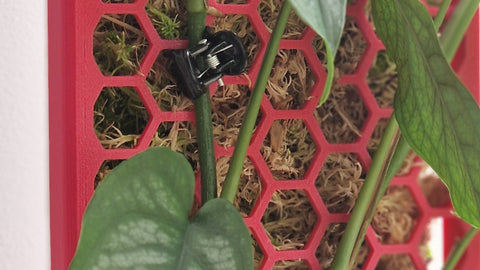
Some dehydrated moss can smell very strong (swampy), especially if it is re-hydrated slowly, as part of the moss decays during the process. That is why we recommend using live sphagnum moss that has very little odour and is less likely to go mouldy. If anything, it smells like a clean forest.
Coconut husk (what coco coir poles are made of) has no discernible smell.
Plants are organic, as is sphagnum moss, so there are differences in how they manifest. If you have a sensitive nose, test things out first to be sure.

Sniff your plant roots for signs of rot!
Do moss poles attract gnats?
Again, as a damp, organic environment, it is possible that if you have an existing problem with gnats, they may spread to your moss poles, and look to lay their eggs in the damp moss. Fungus gnats thrive in soil that is kept too wet, and will lay their eggs in the top layer of your wet soil (likely how they made their way into your home, through a bag of soil). Once they are in your home, getting rid of them can be quite a tedious process.
They do not seem to breed as well in moss, as they feed off of decaying matter, and even dehydrated sphagnum should not decay for a few years.
In order to rid yourself of fungus gnats, allow the top layer of your soil to fully dry out between waterings (you can do the same with your moss poles), and you can spray the leaves, moss pole, and soil with a neem mixture that should make the area quite inhospitable to the gnats and their eggs.
Sticky traps will then finish off the stragglers flying around, and you'll likely be more cautious in the future about where you buy your plants and soil from!
Do you mist a moss pole?

You should definitely hydrate your moss pole, and misting is one good way to ensure your moss is always moist and does not go hydrophobic as once sphagnum moss starts to repel water it gets harder to keep it damp. Our moss poles have caps and watering accessories to keep the moss moist.
How long does a moss pole last?
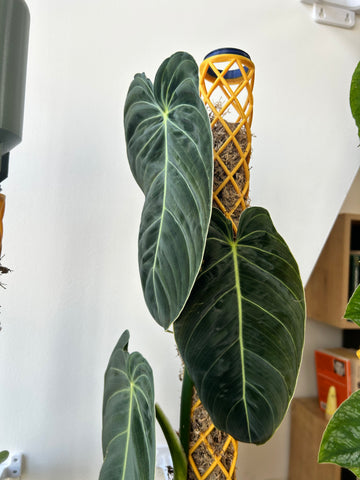
Depends, is that when does it need to be extended, or when does it start to degrade? In terms of extension, you will know when the plant is asking for a new moss pole extension, as it will start to grow above and around the top of the pole. This depends on the plant, conditions etc., so there is no exact timeframe to give on when you will need new moss pole extensions. The ones we sell come in separate extension packs that you just screw on and fill with moss.
In terms of how long until the moss pole degrades, our moss poles are made of PLA+, which is a bioplastic that will eventually degrade, given water, and light. However, it requires a high temperature as well to make the decomposition fast enough to matter. As long as kept out of direct sunlight, your moss pole should last a few years at the least.
Coco coir poles, our poles, and DIY poles made of wire or plastic will last a long time. Moss poles are pretty hardy.
Are moss poles lots of work and hassle?

This is something that comes up a lot, and again, it depends. You have to set them up, add the necessary extensions, and then keep them hydrated. The hydration is the only real perpetual task you'll have, the moss will need to be watered just like a plant. Once you have figured out a routine, they are largely maintenance free!
Moss poles are ugly though!

We beg to differ.... But we know what you mean, so we have invested in creating moss poles like the Barbara (pictured above) that are aesthetic as well as good for your plants. We also aren't crazy about coco coir poles or wire moss poles.

